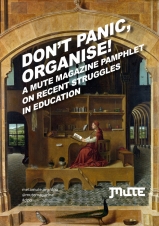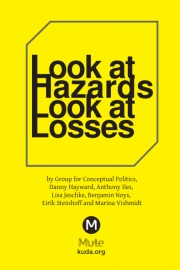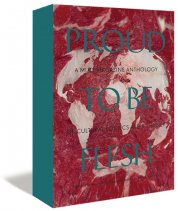Open knowledge: it’s all about the money (and the quality)
We live in a knowledge economy these days, which means that economic growth for a big part is the result of the knowledge we have. Our economy has shifted its focus from agriculture to industry, and now it is moving towards services, based on knowledge. At least that’s what Wikipedia says. Usually this is a doubtful source because you never know who contributed what knowledge, but that’s exactly what I’ll be writing about here: open knowledge. Although Wikipedia is the most well-known example of open knowledge, there is more to the term than just the endless discussion of how much we can trust this free encyclopedia.
In the academic field, a lot has been said and written about sharing the knowledge for free, about open access. According to the Budapest Open Access Initiative in 2001, open access is “the free availability of peer-reviewed literature on the public internet, permitting any user to read, download, copy, distribute, print, search or link to the full texts of the articles” (Ress 2010, p. 479). Kathleen Fitzpatrick takes this definition a bit further, explaining that the work shouldn’t only be available for free but that it is also free to be built upon. All of this is part of one goal: uniting humanity in a common intellectual conversation and quest for knowledge (2012 p. 350). That sounds great, but achieving that goal is not easy.
There are a few issues in shifting from for-profit journals to open access journals. One example of a relatively new open-access journal in the field of cultural studies is the International Journal for History, Culture and Modernity (HCM). According to the website this “is a new peer-reviewed open-access journal that offers a forum for interdisciplinary scholarship in the domain of the humanities. The aim of the journal is to stimulate research and a lively academic exchange in the field of the cultural history of modernity worldwide.” HCM seems to have found a solution for the issues that arise when talking about open access and open knowledge.
The key feature of open knowledge is that the user can’t be charged for accessing it, meaning that the funding has to come from elsewhere. Since HCM is published by Amsterdam University Press, it is funded by all kinds of sources, like the authors of articles, the institutions they are a part of, or by companies that have funded the research and now pay for the publication of the results. However, as Geert Noorman from the Dutch Publishers Association said during a discussion about open access with UvA-students last week, this way open access becomes a matter of publishing articles by authors that were able to get the funding instead of publishing articles that are interesting because of the knowledge they contain. According to Noorman, this is the biggest problem with open access. But another solution for funding is available: if universities and other organizations have a budget for scholarly open-access journals, open-access publishers could compete for the funding from that budget (Ress 2010, p. 488).
This would also solve a second issue that arises in publishing open-access journals. Whereas a lot of academics seem afraid that journals that are published for free will not have the academic quality that is needed in order to use the knowledge to build upon it. If there is a university or other organization that is willing to fund a journal or willing to pay for its contents above that of other journals, this is an indication of quality and valuable information. However, HCM uses a different way to safeguard the quality of its content: as proposed in the Open Journal Systems 2.3.8.0, they have articles peer-reviewed twice. Also, as stated in the Author Guidelines, when reviewing, the editor does not know who submitted the article.
That actually leads to dealing with a third issue, which is the question of who gets to contribute. Fitzpatrick argues that not-for-profit scholarly publishers have barely got space for experimentation and the failure that experimentation sometimes implies (2012, p. 352) because of the fact that articles by well-known authors will make sure the journal is read by a certain amount of people, which will make it easier to get funding for the journal. This leaves less room for new authors that may have a completely different vision on a subject. HCM prevents this from happening by allowing anyone to contribute and judging everyone by the same standards. This way HCM creates space for new authors and new insights – and then that is something the University of Amsterdam is willing to publish, which in turn contributes to the image of a good, valuable journal as well.
Clearly, there are some points to consider in working towards an open access environment. Funding, safeguarding the quality and still allowing some space for experiments all have to be considered. History, Culture and Modernity (HCM) solved this one way, but other options are available and no consensus has been reached yet. The search for a good business model for open knowledge is still going on and, as Geert Noorman is convinced, open access definitely has a future. The question is if it will ever fully replace the way we publish now.
Literature
Kathleen Fitzpatrick, ‘Giving It Away: Sharing and the Future of Scholarly Communication’, Journal of Scholarly Publishing 43.4 (2012): 347-362.
Manon A. Ress, ‘Open Access Publishing: From Principles to Practice’, in Gaëlle Krikorian and Amy Kapczynski (eds) Access to Knowledge in the Age of Intellectual Property, New York: Zone Books, 2010, pp. 475-498.
Mute Books Orders
For Mute Books distribution contact Anagram Books
contact@anagrambooks.com
For online purchases visit anagrambooks.com





